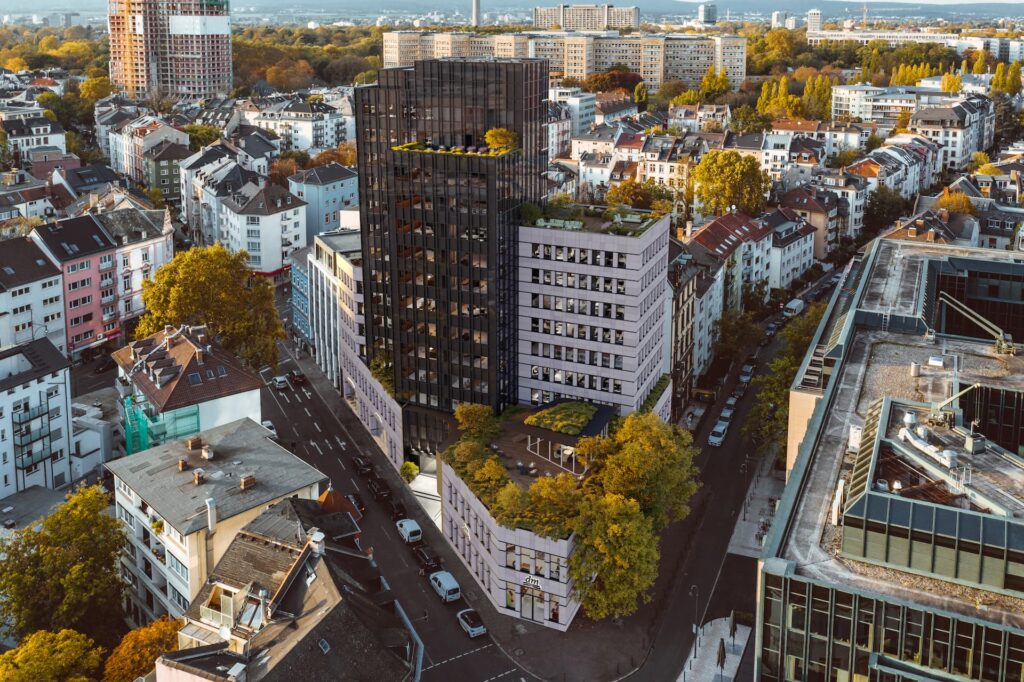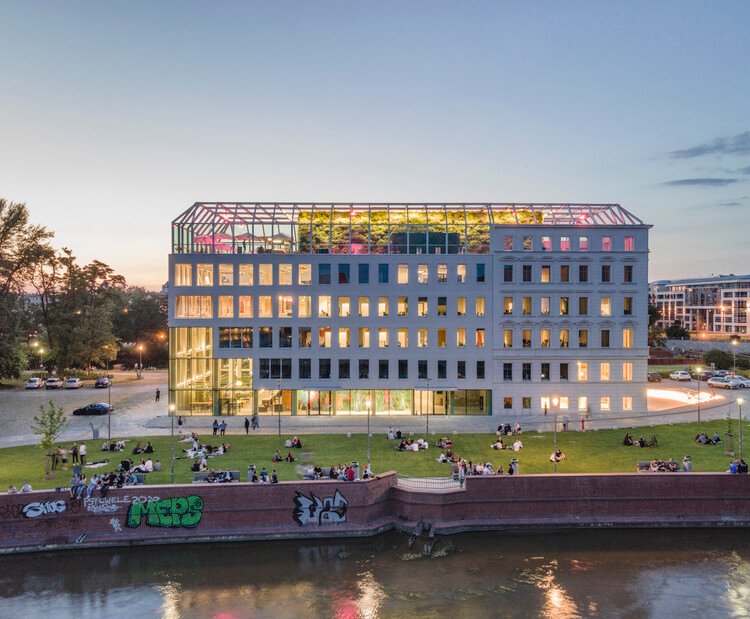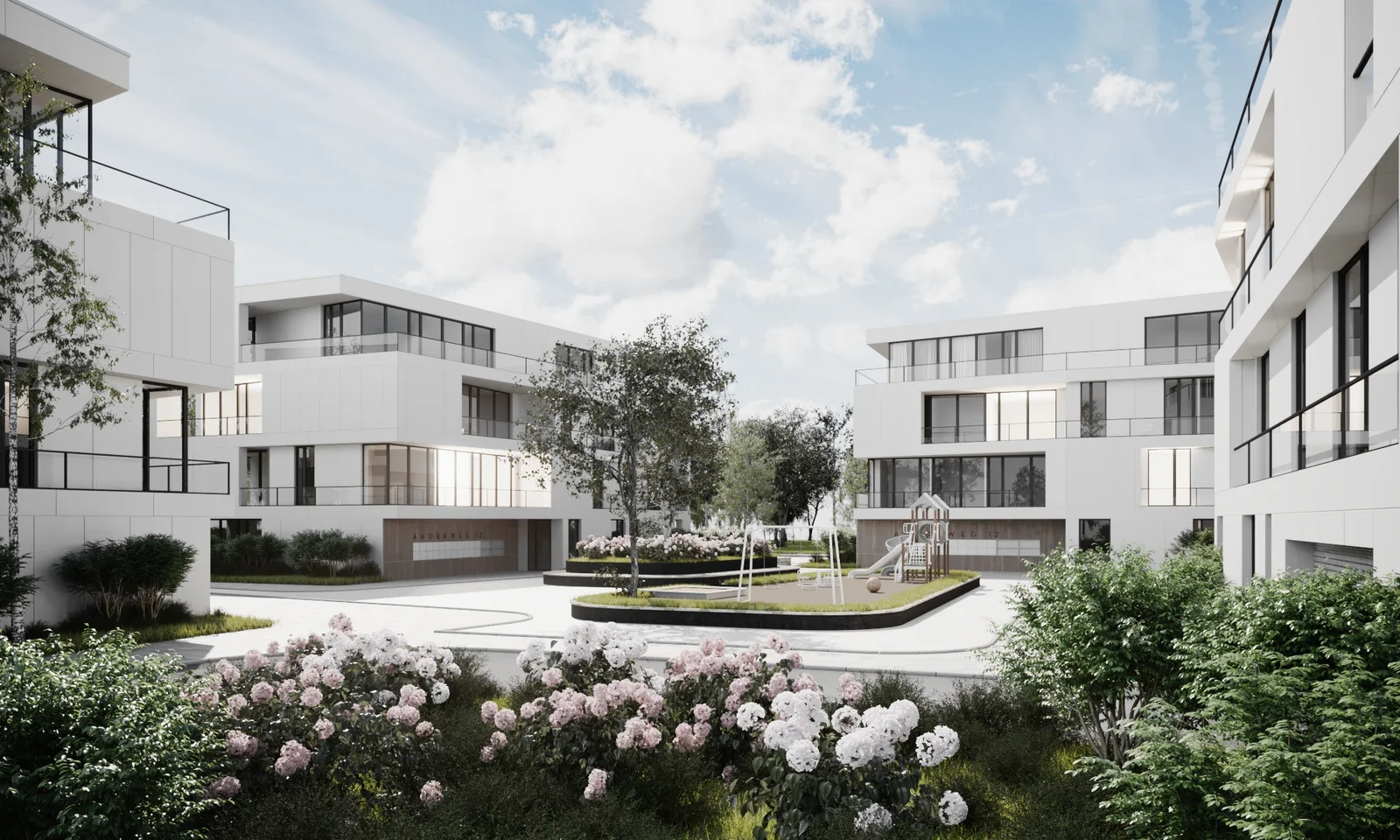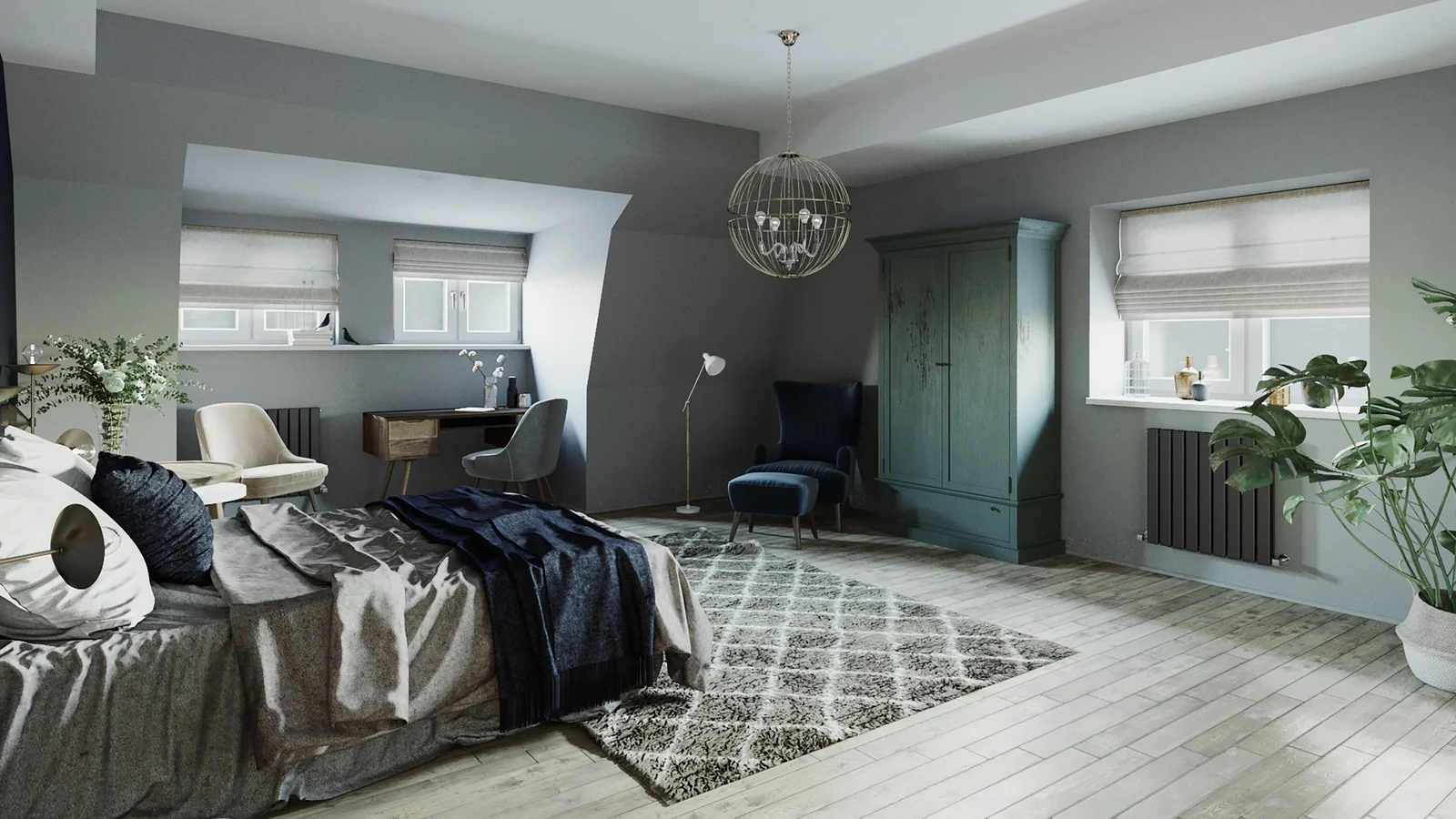How VR Revolutionizes Architectural Education
Virtual Reality (VR) is reshaping numerous industries, and architecture is not an exception. This powerful technology offers a unique, immersive experience that is revolutionizing architectural education in ways that were unimaginable just a few years ago. In this blog post, we will delve into the transformative impact of VR on architectural education, highlighting how it enhances learning, design processes, and presentations.
The Impact of VR on Architectural Education
The advent of VR has ushered in a new era of architectural education, fostering a more interactive and engaging learning environment. By immersing students in a virtual world, VR allows them to visualize and understand architectural designs in three dimensions, as opposed to the traditional two-dimensional drawings. This enhanced perspective is proving instrumental in improving comprehension and fostering creativity among architecture students.
Enhancing Spatial Understanding
The most significant benefit of VR in architectural education is the ability to enhance spatial understanding. Traditional methods of teaching architecture often fail to fully convey the spatial qualities of a design. With VR, students can virtually walk through their designs, understanding the interaction of spaces, the flow of movement, and the impact of their design choices in a way that no two-dimensional drawing or model can achieve.
Improving Design Processes
VR is not just transforming the way architectural students understand space; it’s also revolutionizing the design process itself. Using VR tools, students can directly model and manipulate their designs in a virtual environment, allowing for a more intuitive and immersive design experience. This hands-on approach encourages experimentation and innovation, fostering a deeper understanding of architectural principles.
The Integration of VR in Architectural Education
Enhancing Learning Through Immersive Experience
Virtual Reality (VR) is not just a technological novelty; it is a transformative tool that changes the way students learn architecture. VR technology creates a fully immersive and interactive three-dimensional environment, allowing students to explore their designs in a way that flat drawings or even 3D renderings cannot replicate. This level of immersion is not only engaging but also provides a deeper understanding of spatial relationships, scale, and perspective. This hands-on, experiential learning process is more effective in helping students grasp complex architectural concepts and principles.
Real-Time Design Collaboration
Another advantage of using VR in architectural education is the ability for real-time design collaboration. VR platforms such as VRChat and SketchUp VR allow multiple users to inhabit and manipulate a virtual space simultaneously, regardless of their physical location. This means that students can work together on design projects in real-time, just as they would in a professional setting. This kind of collaboration not only enhances the learning process but also prepares students for the collaborative nature of the architectural profession.
The Impact of VR on Architectural Education
Improved Design Visualization
One of the most significant impacts of VR on architectural education is the dramatic improvement in design visualization. Traditionally, architectural students relied on sketches, physical models, and CAD software to visualize their designs. However, these methods have their limitations in representing spatial qualities and user experience. With VR, students can virtually walk through their designs, experiencing the space from different perspectives, and make necessary adjustments in real time. This immersive experience significantly improves the design process and outcomes.
Enhanced Problem-Solving Skills
The use of VR in architectural education also enhances students’ problem-solving skills. By immersing students in a realistic virtual environment, they can explore different design solutions and evaluate their impact on the space. This process encourages critical thinking and problem-solving skills, which are crucial for successful architectural practice. Furthermore, the immediate feedback provided by the VR environment allows students to learn from their mistakes and refine their designs more efficiently.
The Future of VR in Architectural Education
Pioneering New Pedagogies
As VR technology continues to evolve, it will undoubtedly shape new pedagogies in architectural education. With the ability to create highly detailed and interactive virtual environments, VR offers endless possibilities for experiential learning. For instance, students could explore historical buildings or urban environments that they may not have the opportunity to visit in person. This kind of immersive learning experience could revolutionize the way architectural history and theory are taught.
Preparing Students for the Digital Age
Lastly, integrating VR into architectural education prepares students for the digital age. As the architectural industry increasingly adopts digital tools and technologies, it’s crucial that architectural education keeps pace. By exposing students to VR and other digital tools, they can develop the necessary skills and confidence to navigate the digital landscape of the architectural profession. In this way, VR is not just revolutionizing architectural education, but also shaping the architects of the future.In summary, the advent of VR technology has indeed revolutionized architectural education in ways that were unimaginable a few years ago. It has not only enhanced the learning experience by providing a more immersive and interactive environment, but has also bridged the gap between theory and practice, making it easier for students to grasp complex architectural concepts. Moreover, with the ever-evolving VR technology, the possibilities for further advancements in architectural education are limitless. Therefore, the transformation sparked by VR in architectural education is just the beginning of a new era of technological learning, that promises to shape future architects who are more adept, innovative, and creative. The VR revolution in architectural education is indeed a game-changer and we can look forward to more exciting developments in the near future.







